
Are Cyclists Allowed on Dual Carriageways? UK Guide to Safe Riding
Cycling on dual carriageways can be intimidating due to faster traffic and wider roads. With proper preparation, visibility gear, and safe riding techniques, cyclists—including those on e-bikes—can navigate these roads confidently. This guide covers tips for staying visible, maintaining a safe position, and handling slip roads and junctions on UK dual carriageways.
Understanding Dual Carriageways in the UK
Dual carriageways are roads separated by a central reservation or median, designed to handle higher volumes of traffic at faster speeds. They can have one or more lanes in each direction and are usually wider, straighter, and better surfaced than standard roads.
These roads often include entry and exit slip roads, junctions, and varying speed limits, which can affect how you ride. Unlike motorways, dual carriageways typically allow cyclists, and with the right approach, they can be navigated safely.
Key features of UK dual carriageways include:
-
Multiple lanes in each direction
-
Central reservation or median separating traffic flows
-
Wide, straight roads with long sight lines
-
Slip roads and junctions for entering or exiting
Are Cyclists Allowed on Dual Carriageways?
Yes, cyclists can ride on most dual carriageways in the UK. While traffic can be faster and sections like slip roads or tunnels require extra caution, careful riding, good visibility, and awareness of surrounding vehicles make it safe. Plan your route to identify quieter stretches, use lights and reflective clothing, and stay alert at junctions for a confident ride.
Safety Challenges of Cycling on Dual Carriageways
Cycling on dual carriageways comes with several safety challenges due to higher speeds, heavier traffic, and wider roads. Being aware of these risks and preparing for them is essential for safe riding. Key challenges include:
-
Higher traffic volumes and speeds: Vehicles travel faster than on single carriageways, increasing the risk of close passes. Staying alert and maintaining a predictable riding line helps reduce potential hazards.
-
Close-passing vehicles and slipstream effects: Large vehicles, including lorries and cars towing caravans, can create strong gusts of wind that push cyclists sideways or forward. Keeping a safe distance from the edge of the road improves stability.
-
Entry and exit slip roads: Vehicles merging onto or leaving the dual carriageway may not notice cyclists immediately. Approaching these areas with extra caution and anticipating traffic gaps is crucial.
-
Junctions, roundabouts, and multilane sections: Navigating intersections and lane changes requires careful observation, signalling, and maintaining a steady position. Predictable riding allows drivers to anticipate your movements and reduces the risk of accidents.
By understanding these challenges, staying visible, and maintaining control of your bike, cyclists can safely navigate UK dual carriageways with greater confidence.
Safety Tips for Cyclists on Dual Carriageways
Staying safe on dual carriageways requires careful attention to visibility, positioning, and awareness. Key measures include:
-
Enhance visibility: Wear bright or hi-viz clothing and use front and rear lights, including flashing or pulsing rear lights, to ensure drivers can see you. This is especially important in low light, bad weather, or when riding alongside fast traffic.
-
Maintain a safe riding position: Keep around 1 metre from the road edge and avoid hugging white lines. This discourages close passes and reduces risks from slipstreams or roadside debris.
-
Ride predictably: Maintain a steady line, signal clearly when turning or changing lanes, and make eye contact with drivers to help them anticipate your movements.
-
Monitor traffic: Use mirrors and perform regular shoulder checks to stay aware of vehicles approaching from behind. Being alert allows you to adjust your position safely.
-
Anticipate hazards: Watch for merging vehicles, slip roads, junctions, and other potential risks. Adjust your speed and positioning as needed to stay in control.
Implementing these measures helps cyclists increase visibility, ride confidently, and navigate UK dual carriageways safely.
Navigating Slip Roads & Junctions Safely
Cycling on dual carriageways requires extra caution around slip roads and junctions. These areas are high-risk because vehicles accelerate, decelerate, or change lanes quickly. Using clear dual carriageway cycling tips can help you stay visible and safe.
Entry Slip Roads
Entry slip roads are risky as vehicles accelerate to merge. Use the dog-leg method: briefly move onto the slip road and cross at the base of the cross-hatched spearpoint. Pause if needed to wait for a safe gap. This reduces close passes and keeps you clear of fast-moving traffic.
Exit Slip Roads
When approaching exit slip roads, check traffic behind. If clear, continue straight safely; otherwise, follow the slip road and merge back using the cross-hatched area. Stay alert and adjust your speed for a smooth transition.
Lane Changes on Multilane Sections
Change lanes carefully on multilane dual carriageways. Move one lane at a time, check mirrors and blind spots, signal clearly, and maintain a predictable line. Only move when a safe gap appears to reduce accident risks.
Dismount Option for Complex Junctions
For busy roundabouts or intersections, dismounting and walking your bike can be safest. This allows controlled crossing of entry or exit roads and avoids merging traffic, reducing collision risks.
Alternative Routes for Cyclists
If dual carriageways feel busy or intimidating, quieter roads and dedicated cycle lanes offer safer and more comfortable options for cyclists.
Many dual carriageways also have adjacent cycle paths, providing a protected space away from fast-moving traffic. These paths help reduce stress, minimise the risk of close passes, and allow for a smoother, more controlled ride.
When planning your route, consider traffic density, road width, and your own confidence level. Combining quieter streets, cycle lanes, and protected paths allows you to reach your destination efficiently, safely, and with greater peace of mind.
Ride Safely on Dual Carriageways with isinwheel E-Bikes
Cyclists riding on dual carriageways can benefit from isinwheel e-bikes, designed for power, stability, and safety. These e-bikes make fast-moving roads easier to navigate while helping riders stay visible and confident.
|
Images |
 |
 |
 |
 |
 |
 |
|
Models |
||||||
|
Top Speed |
20 MPH |
20 MPH |
18.6 MPH |
21.7 MPH |
19 MPH |
20 MPH |
|
Peak Power |
500W |
500W |
500W |
500W |
500W |
750W |
|
Battery |
36V 7.8Ah |
36V 13Ah |
36V 7.8Ah |
36V 10.4Ah |
36V 10.4Ah |
36V 10.4Ah |
|
Max Range |
28 miles |
65 miles |
35 miles |
60 miles |
55 miles |
55 miles |
|
Speed (before unlock) |
10/15/25 km/h |
6/10/15/20/25 km/h |
10/15/25 km/h |
6/10/15/20/25 km/h |
6/10/15/25 km/h |
6/10/15/20/25 km/h |
|
Speed (after unlock) |
15/25/32 km/h |
10/15/20/25/32 km/h |
15/25/30 km/h |
6/10/15/20/35 km/h |
15/25/30 km/h |
10/15/20/25/32 km/h |
|
Brake System |
front and rear disc brakes |
mechanical brake |
disc brakes |
mechanical disc brakes |
dual disc brakes |
dual disc brakes |
|
Max Load |
120 kg |
120 kg |
120 kg |
150 kg |
120 kg |
120 kg |
|
Net Weight |
23.2 kg |
27 kg |
23.3 kg |
27kg |
26.5 kg |
28.4 kg |
|
Suspension |
Rear mid shock absorber |
Front suspension |
Adjustable front fork + comfort saddle |
Hydraulic fork |
Dual |
Aluminum front fork |
|
Max Climb |
20% |
37% |
25% |
20% |
20% |
20% |
|
Tire Size |
14×1.95" |
26×1.95" |
16×1.75" |
26×1.95" |
16×2.15" |
26×1.95" |
|
Tire Type |
Pneumatic |
Pneumatic |
Pneumatic |
Pneumatic |
Pneumatic |
Pneumatic |
|
IP Rating |
IPX4 |
IP65 |
IPX65 |
IPX5 |
IPX4 |
IPX4 |
|
Removable Battery |
No |
Yes |
No |
Yes |
Yes |
Yes |
|
Rider Height |
150–185 cm |
160–192 cm |
155–185 cm |
160–190 cm |
140–180 cm |
150–192 cm |
Conclusion
Cyclists can navigate dual carriageways safely by staying visible, alert, and maintaining a steady position. Wearing hi-viz clothing, using lights, and monitoring traffic, especially at slip roads and junctions, enhances safety. isinwheel e-bikes add stability, power, and reliable braking, making rides on dual carriageways more secure and confident.
FAQs
What are the new rules for cyclists in the UK?
While cycling rules are updated regularly, cyclists are encouraged to stay visible, maintain a steady line, and use lights and hi-viz clothing. Paying attention to junctions, slip roads, and multilane sections improves safety, especially on faster roads like dual carriageways.
Are cyclists allowed on roundabouts?
Yes, cyclists can use roundabouts. It is important to position yourself safely, signal your intentions, and maintain awareness of surrounding traffic. On larger or faster roundabouts, some cyclists may prefer to dismount and walk for added safety.
Can cyclists ride on all dual carriageways in the UK?
Cyclists can use most dual carriageways, except where clearly marked otherwise. Always check signage, especially near tunnels, high-speed sections, or areas that transition into motorways, and plan your route for safer sections whenever possible.
How can cyclists stay safe on dual carriageways?
Key safety measures include wearing hi-viz clothing, using front and rear lights, keeping a steady position on the road, monitoring traffic with mirrors or shoulder checks, and carefully navigating slip roads, junctions, and multilane sections. Using an isinwheel e-bike can also provide added stability and control.
The Latest Posts
Explore isinwheel products
City E Scooter | Off-Road Scooter
Fastest Scooter | Kids Scooters




















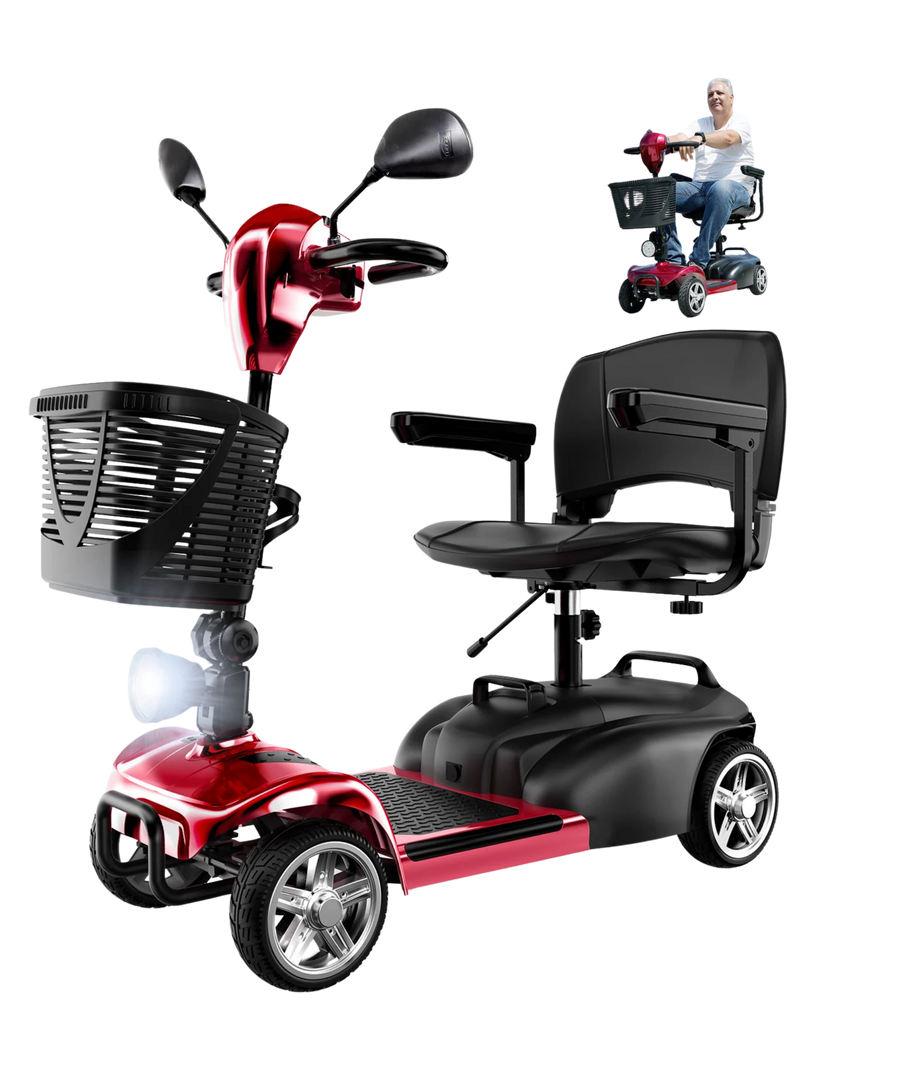
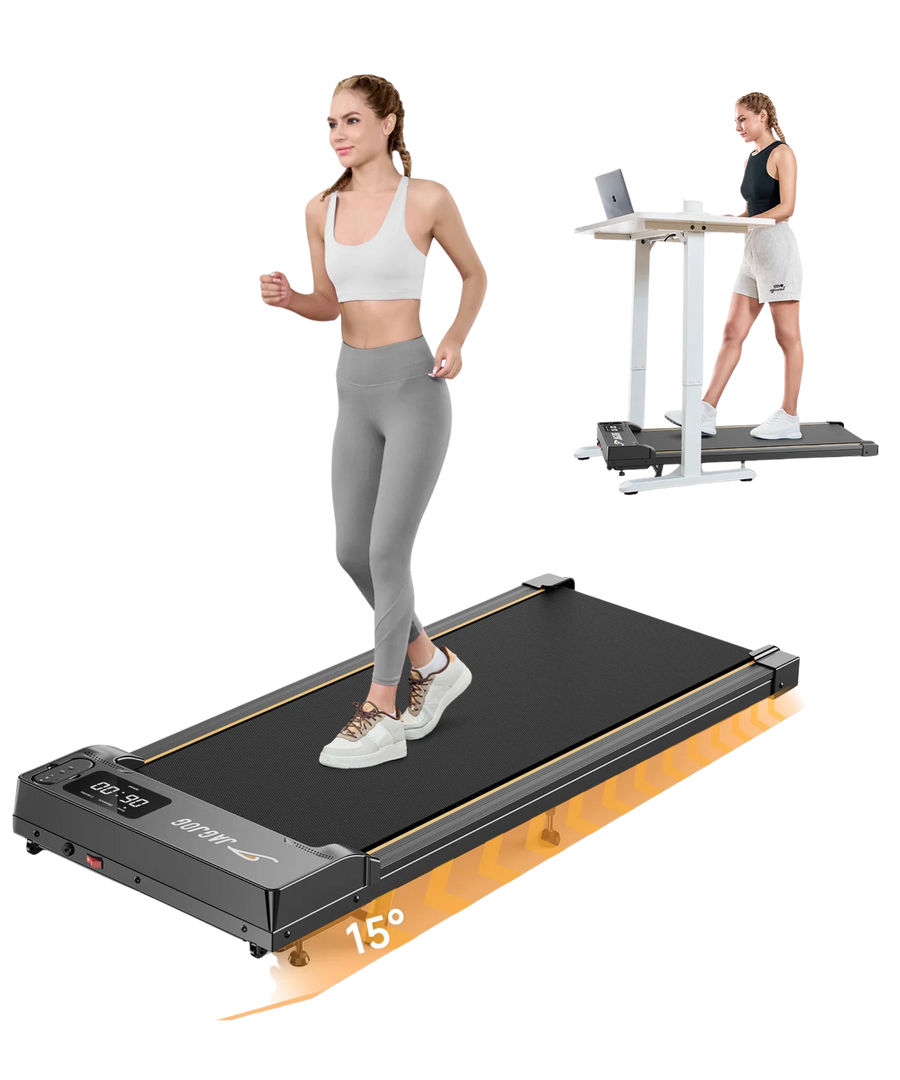

























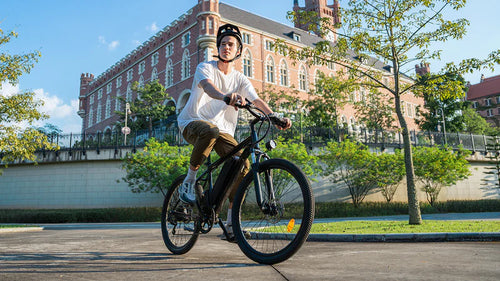
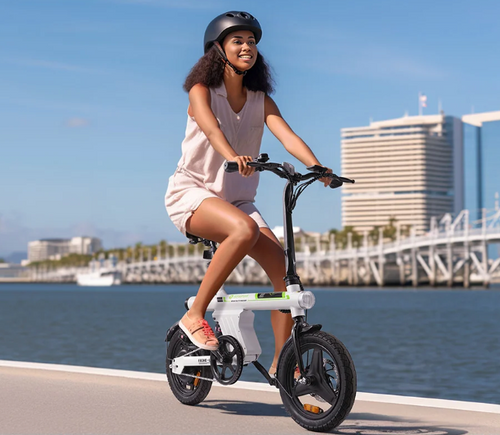


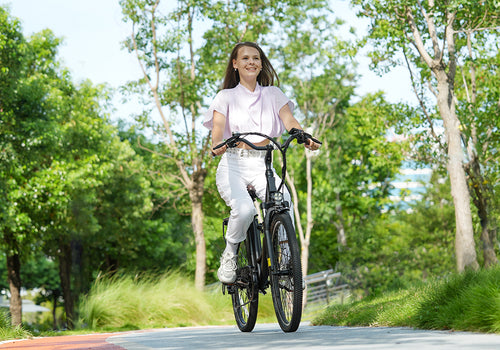
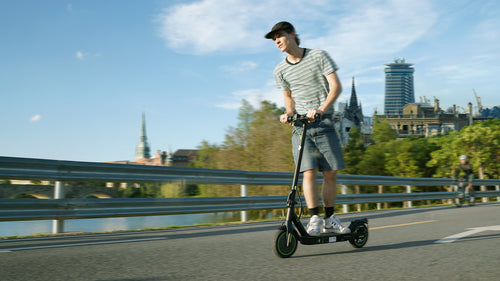


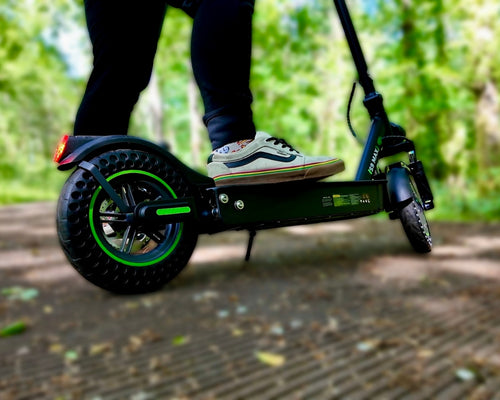
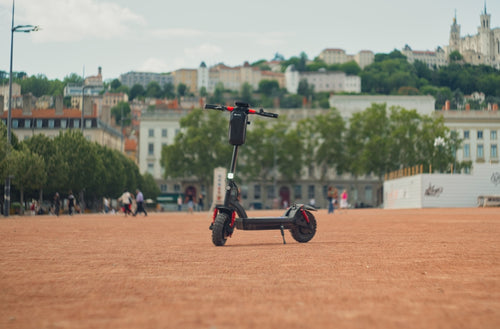
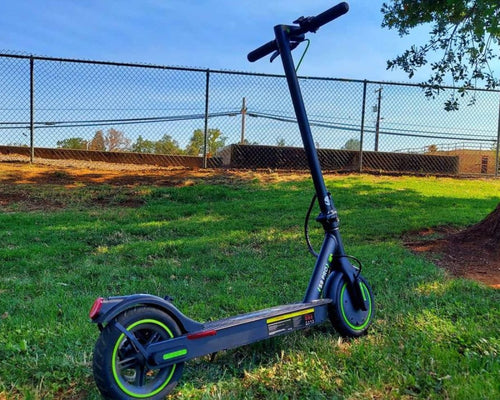





Leave a comment